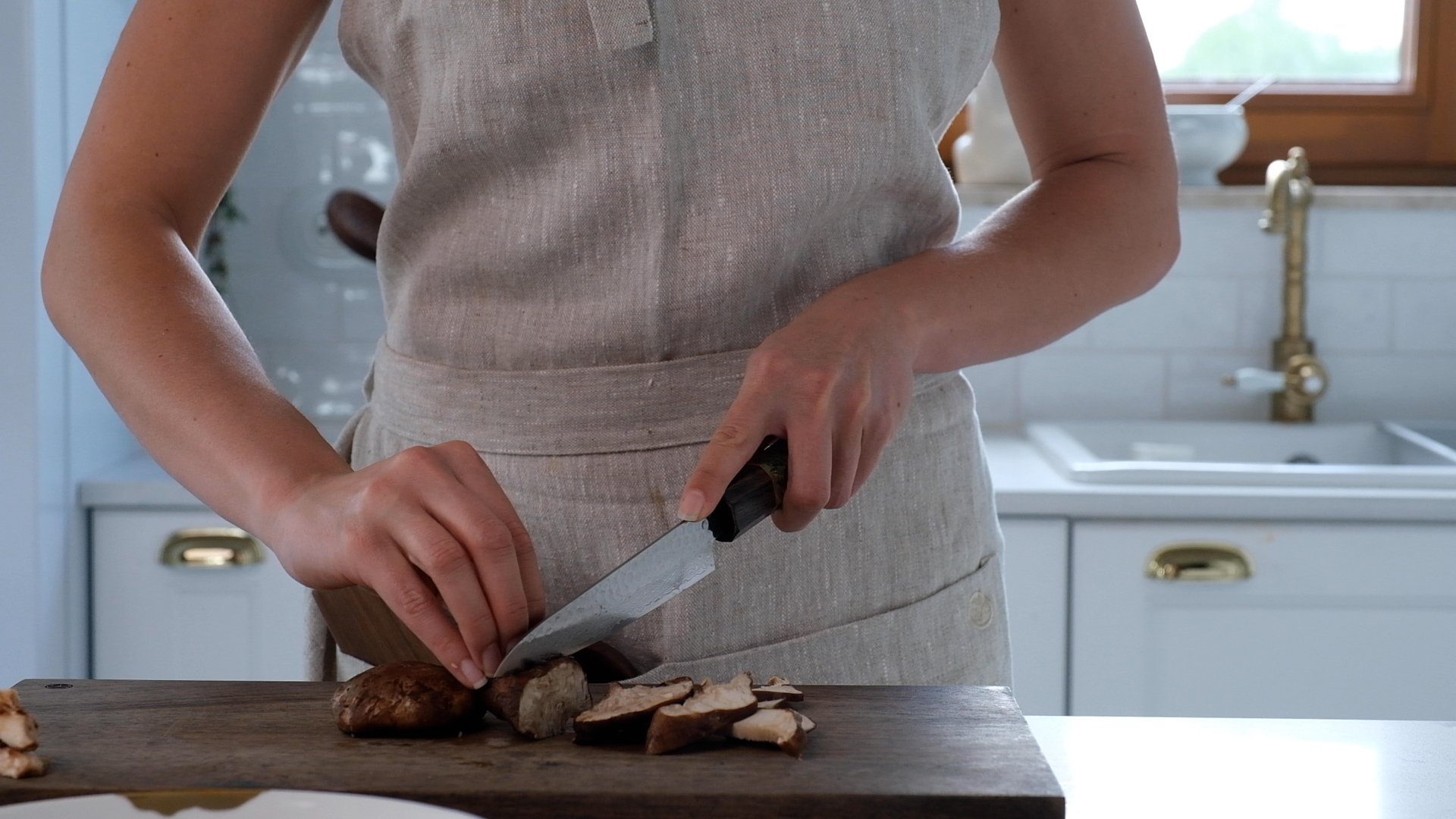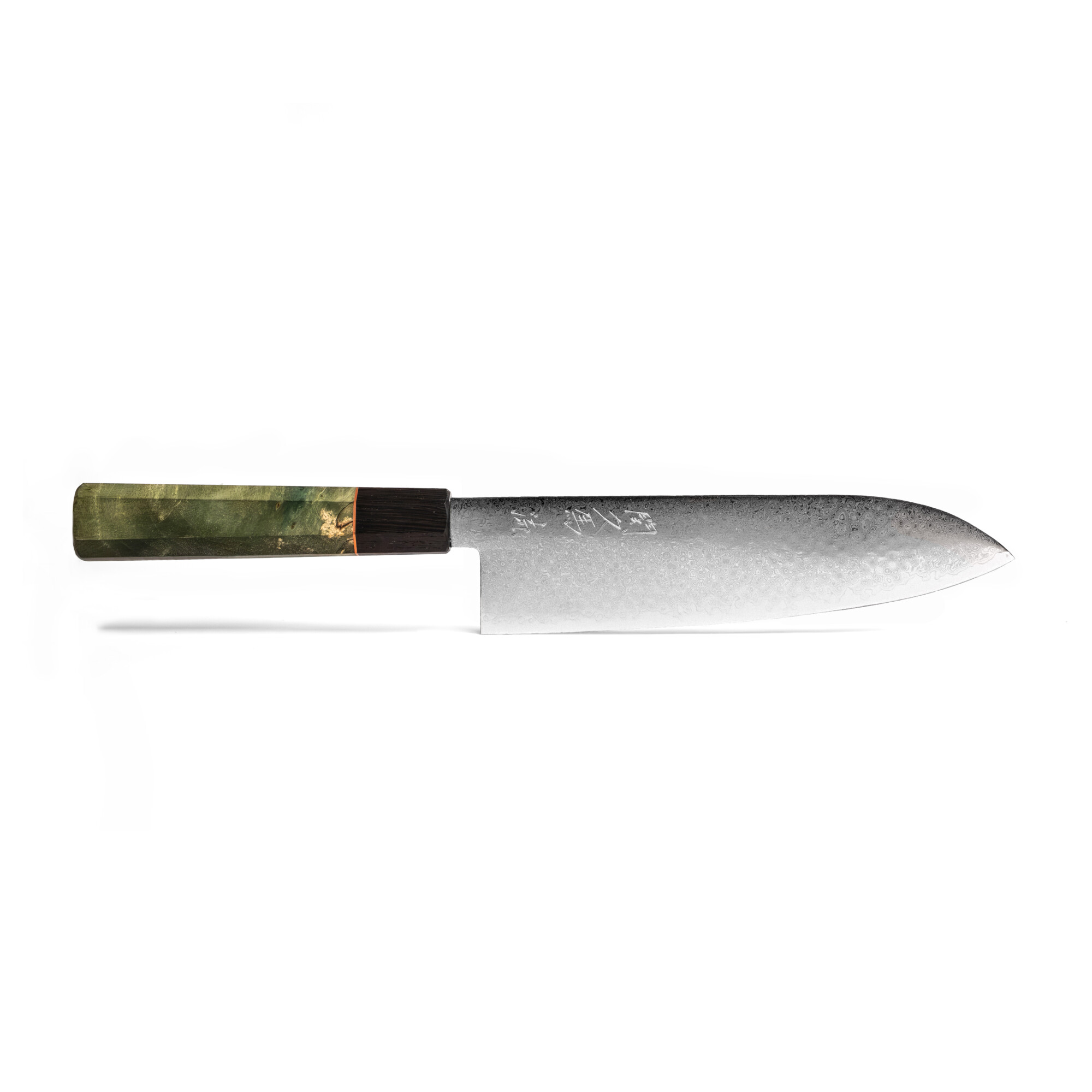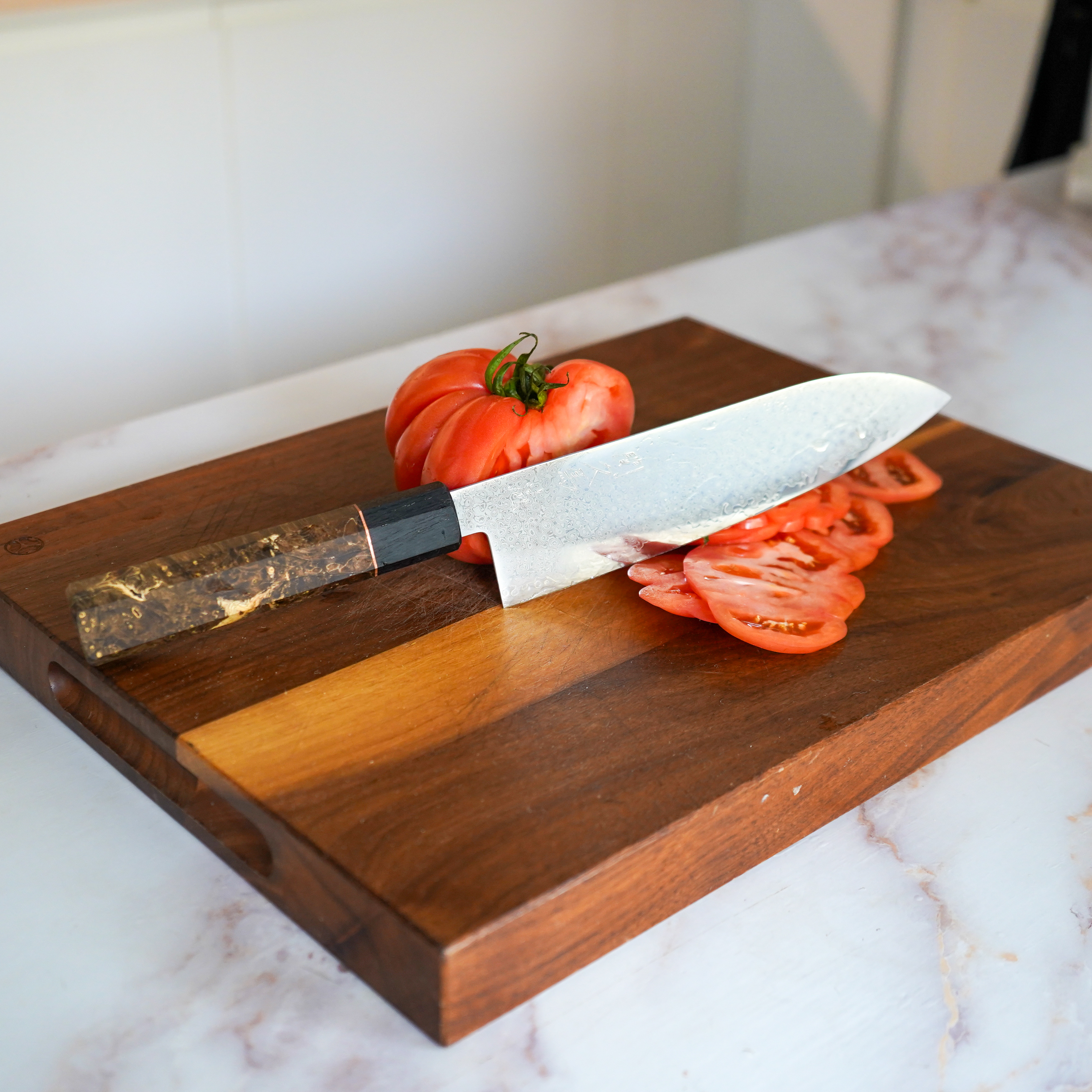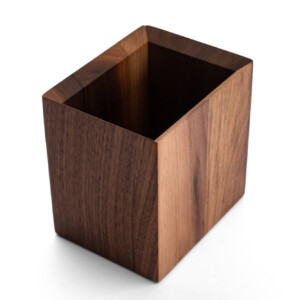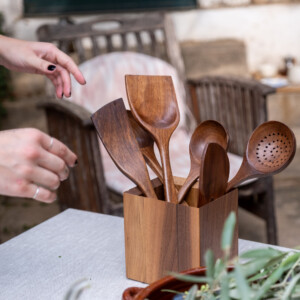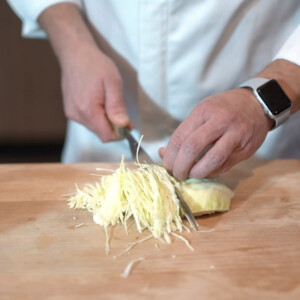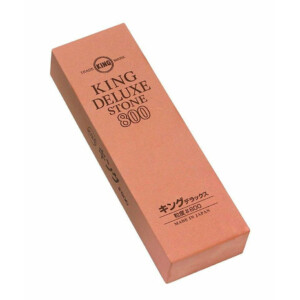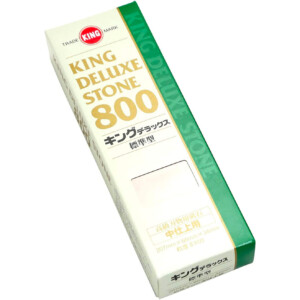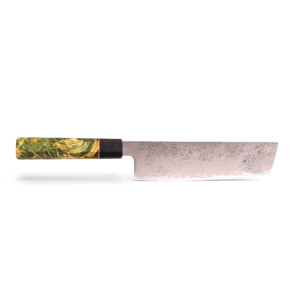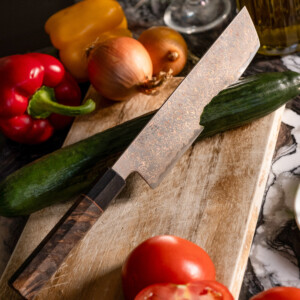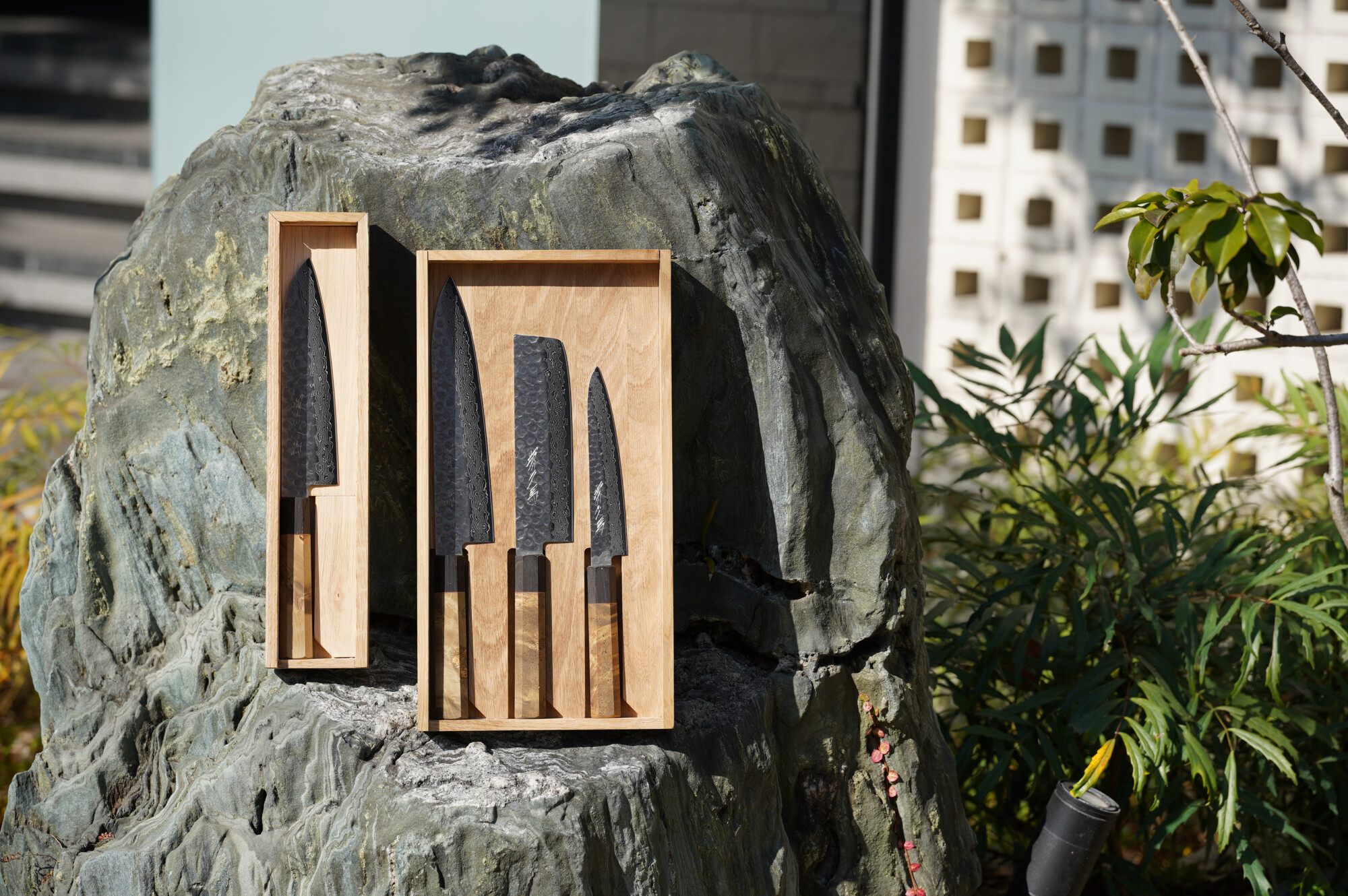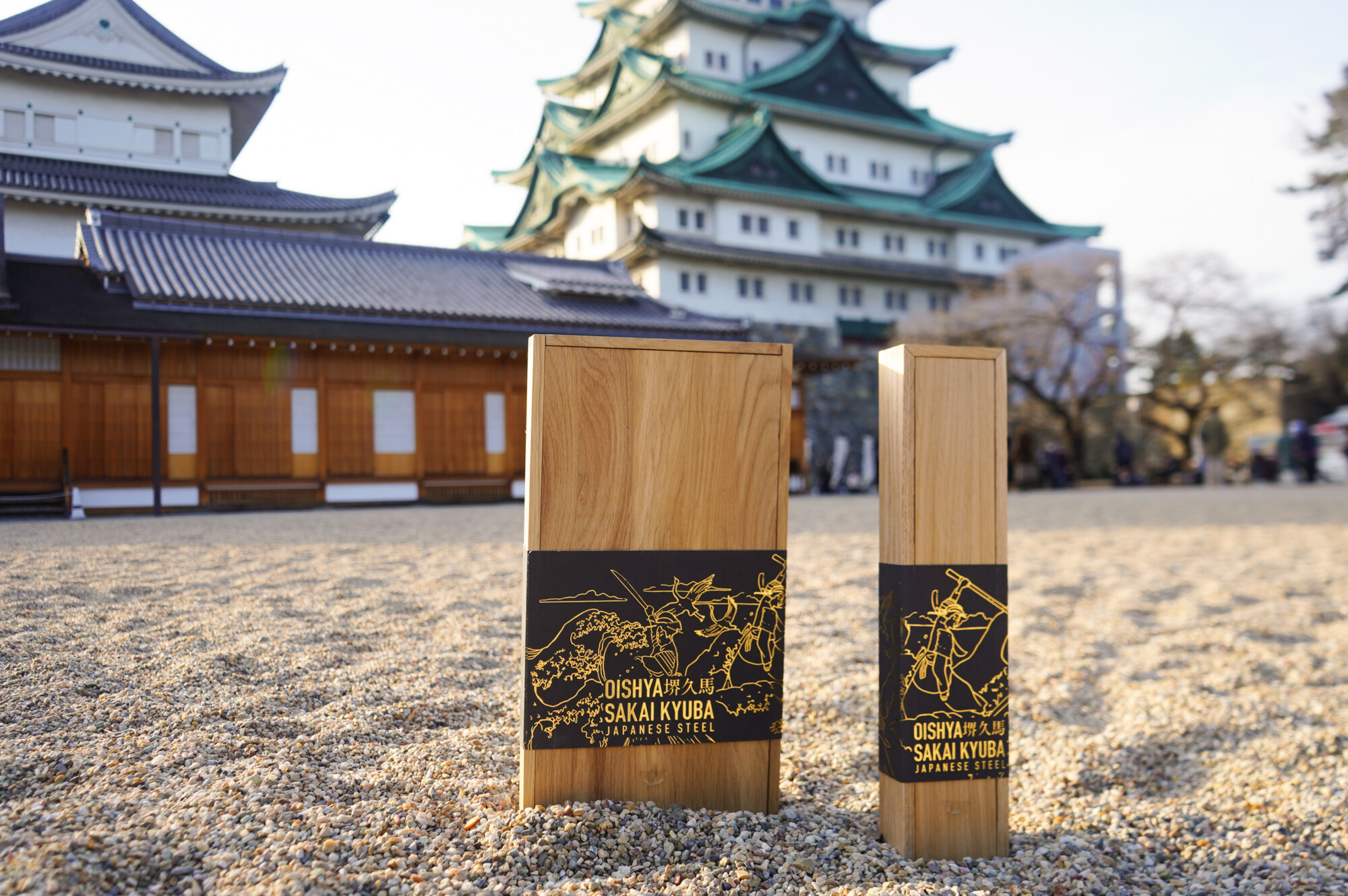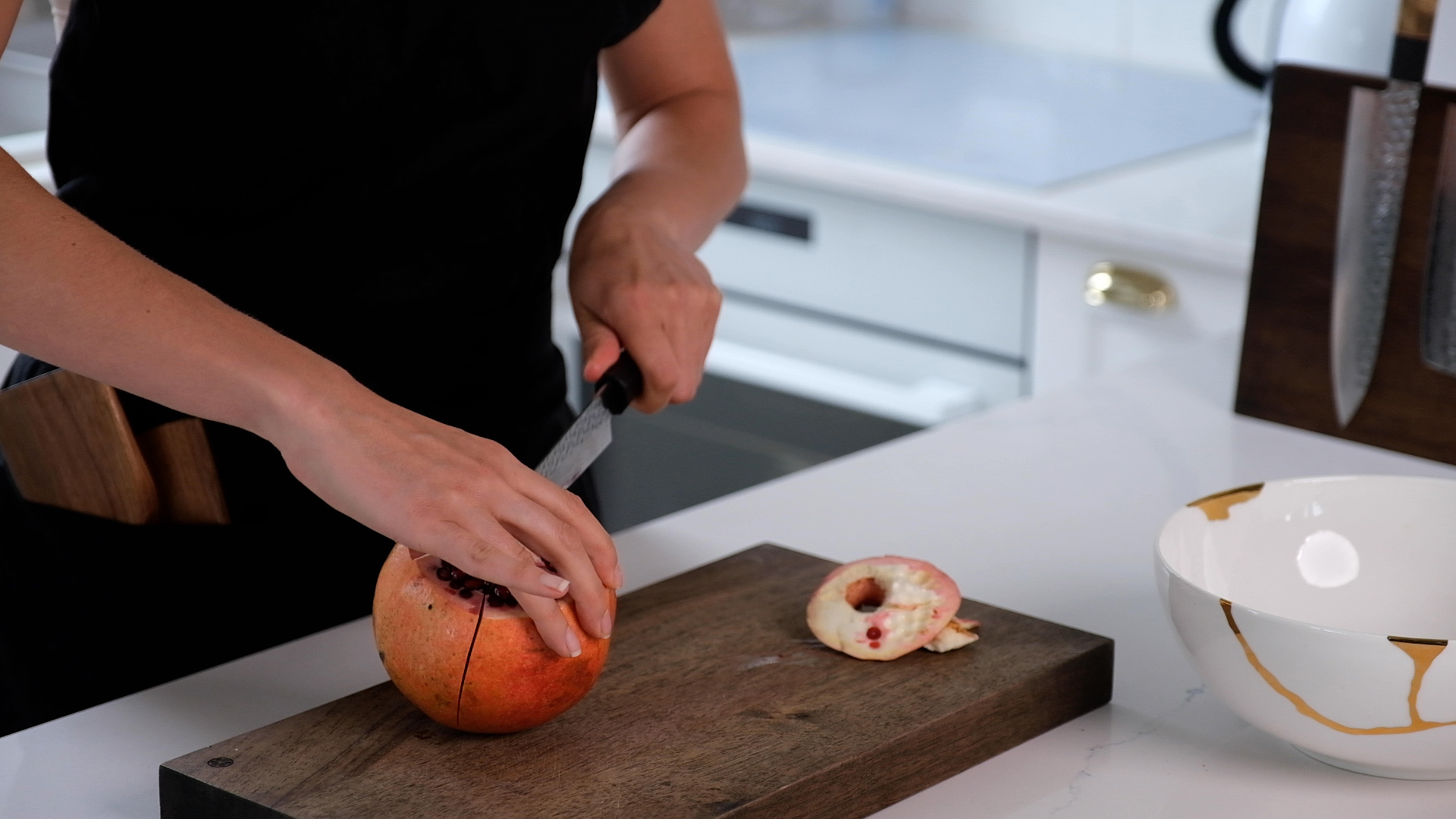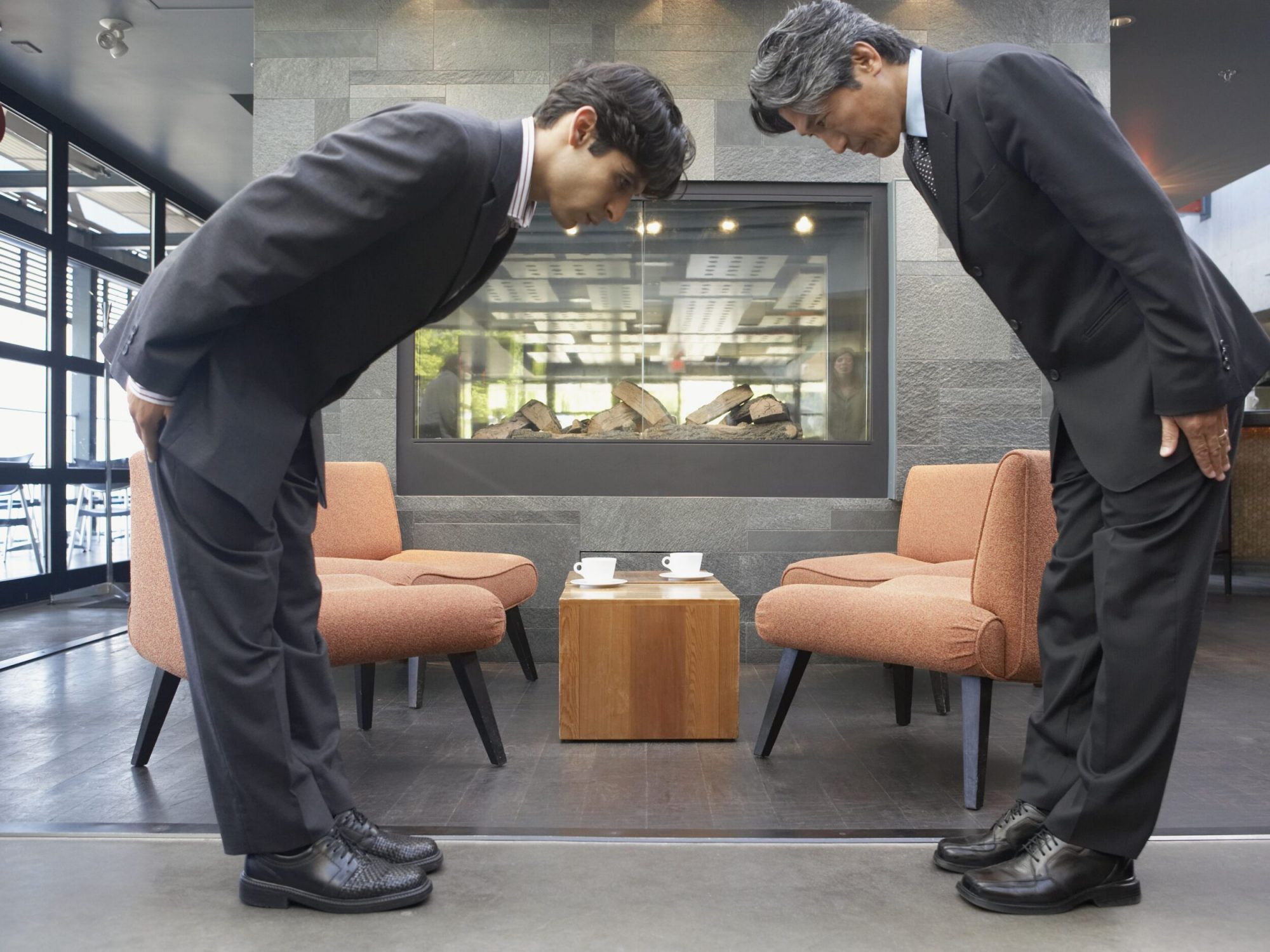As fellow foodies and founders of Oishya, a Japanese knife shop, we know that a sharp knife is essential for any kitchen. But did you know that a dull knife can actually be more dangerous than a sharp one?
Many people assume that a dull knife is safer because it’s less likely to cut you. However, a dull knife requires more force to cut through food, making it more likely to slip and cause an injury. A sharp knife, on the other hand, cuts through food with ease, reducing the risk of accidents.
Here are some more reasons why you should be more afraid of a dull knife than a sharp one:
1. A dull knife is less efficient.
When you’re trying to chop ingredients quickly and efficiently, a dull knife will slow you down. It requires more pressure and repetitive motion, leading to fatigue and potentially causing repetitive strain injuries over time.
2. A dull knife can ruin your food.
A dull knife can tear your food instead of cleanly slicing through it, resulting in uneven cuts and a less attractive presentation. It can also damage the texture of delicate ingredients, like herbs and fish.
3. A dull knife is harder to sharpen.
Contrary to popular belief, sharpening a dull knife is not necessarily an easy fix. It takes more time and effort to sharpen a knife that has lost its edge, and some knives may be too far gone to restore.
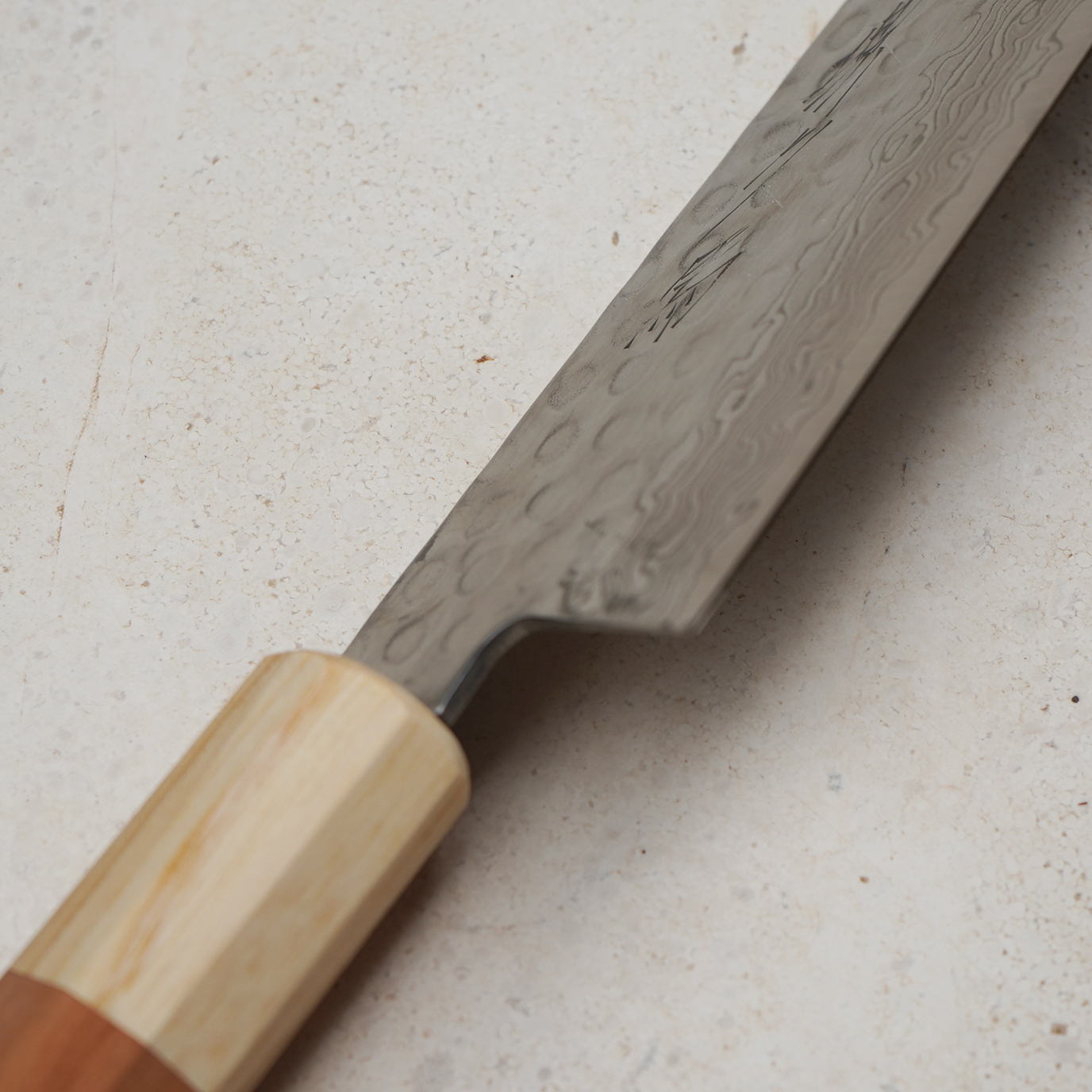
Maintenance
So, how can you ensure that your knife stays sharp and safe to use? Here are some tips:
1. Use a sharpening stone
A sharpening stone, also known as a whetstone, is a tool used to sharpen and hone the edges of knives, scissors, and other cutting tools. It is typically made from natural or synthetic materials such as silicon carbide, aluminium oxide, or diamond grit. Sharpening stones are available in various sizes and shapes, including flat stones, round stones, and triangular stones. They are used by rubbing the blade against the stone at the correct angle, gradually sharpening the edge by removing tiny amounts of metal. Using a sharpening stone regularly can help maintain the sharpness and longevity of your knives and other cutting tools.
2. Store your knife properly
Leaving your knife loose in a drawer or on a countertop can cause it to get banged around and damaged. Invest in a knife block, magnetic strip, or sheath to protect your knife when it’s not in use.
3. Don’t use your knife as a multitool
Using your knife to open packages, unscrew screws, or pry open containers can damage the blade and cause it to become dull more quickly. Stick to using your knife for its intended purpose – cutting food.
4. Get your knife professionally sharpened
Learning how to sharpen a knife with a sharpening stone takes a bit of practice, but if you don’t have time for this, eventually it will need to be professionally sharpened. Look for a reputable knife shop that uses high-quality sharpening equipment and techniques to ensure that your knife is sharpened properly.
So there you go, contrary to what many people believe, a dull knife may seem less intimidating than a sharp one, but it’s actually more dangerous, less efficient, and harder to use. By following these tips and maintaining your knife properly, you can ensure that it stays sharp and safe for years to come. Happy Cooking!
